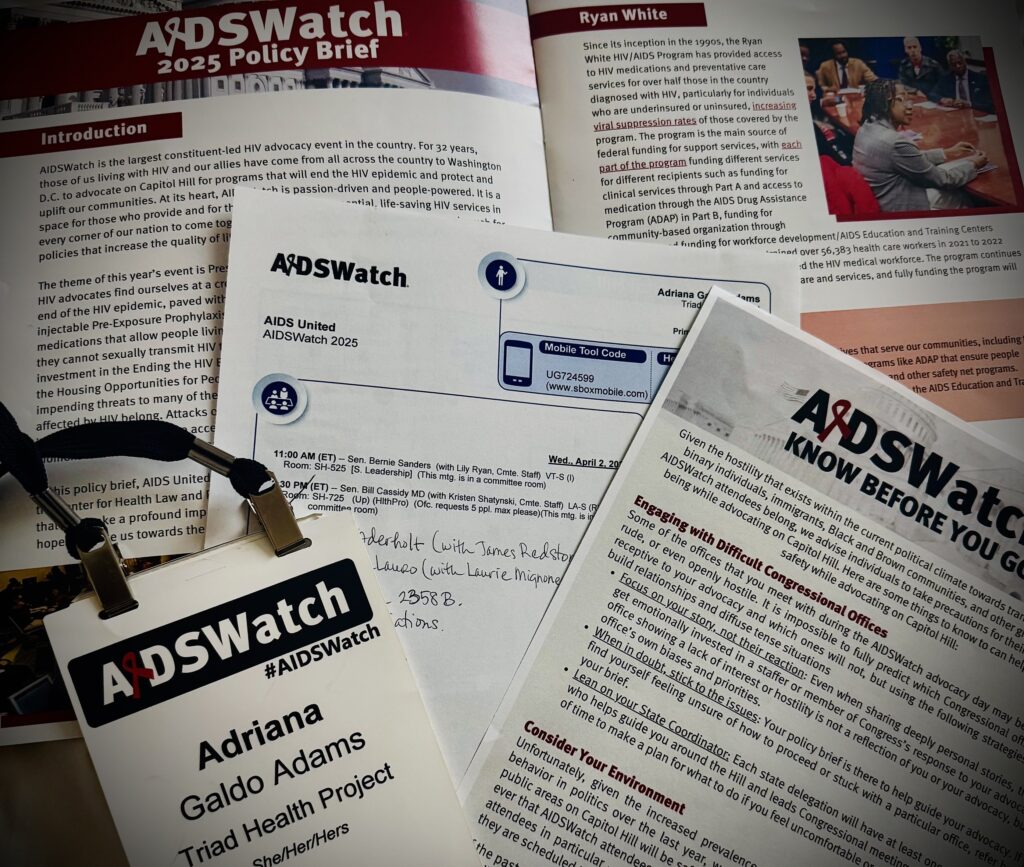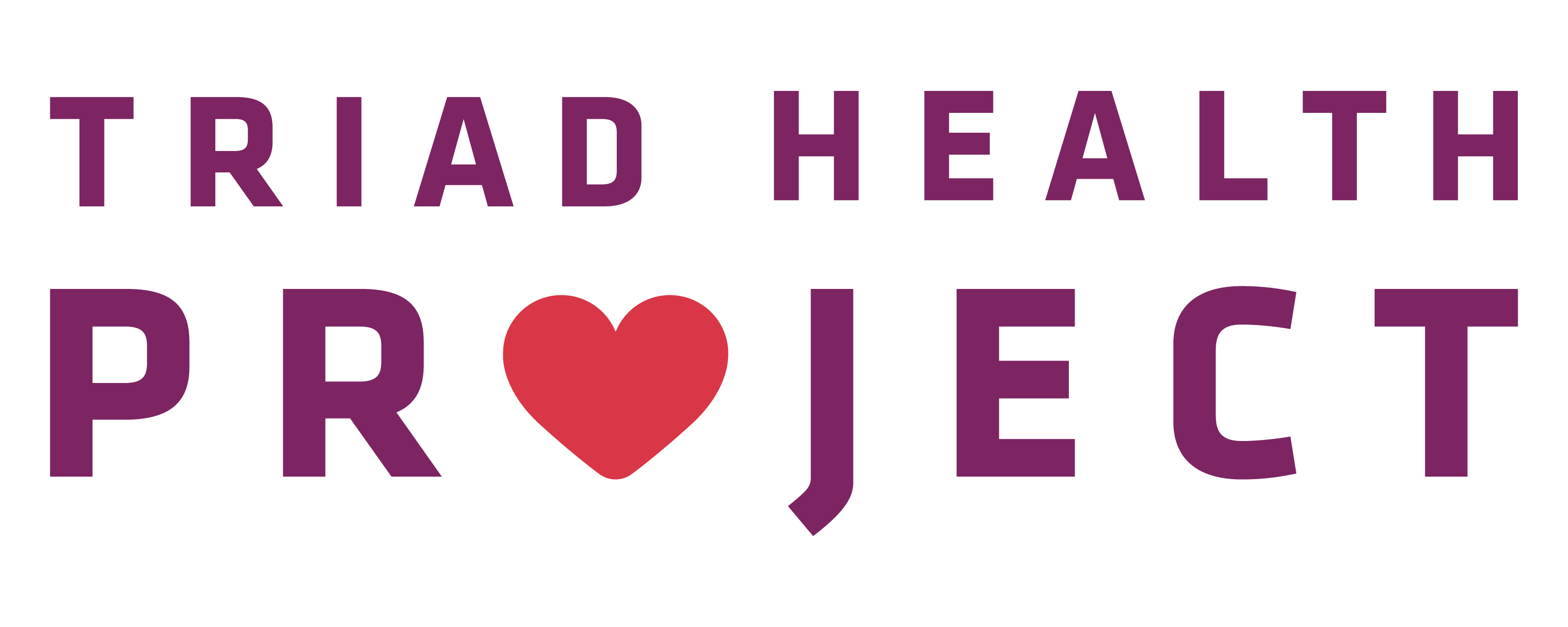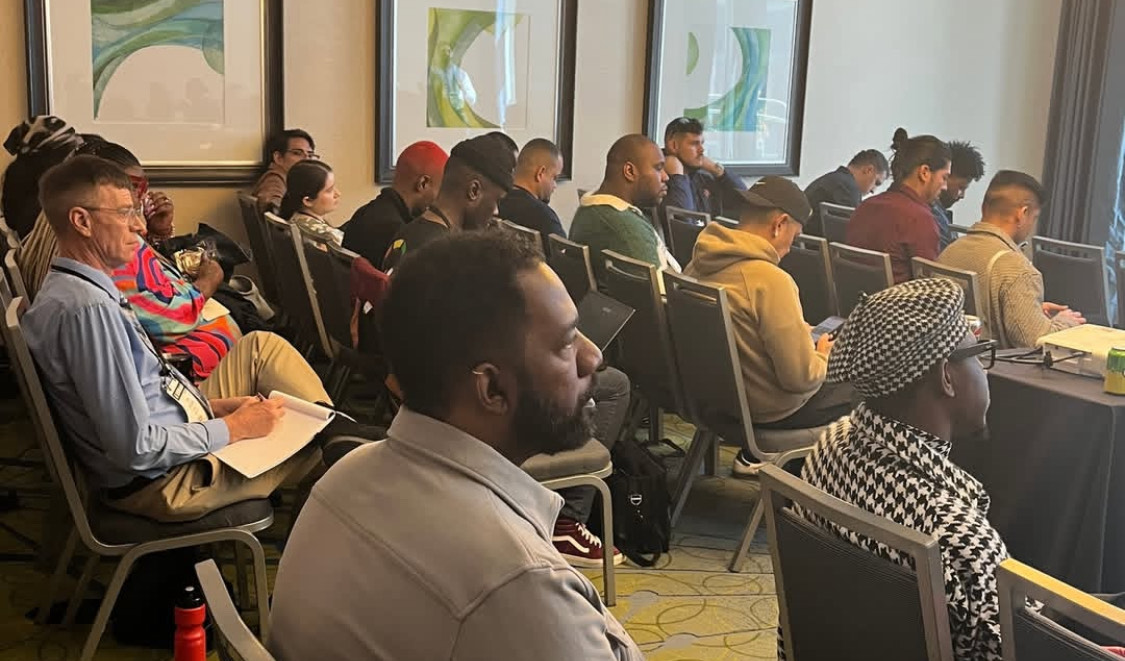AIDS Watch 2025 – Day 2
The heaviness got heavier today as we grappled with the reality of what a world without PEPFAR and USAID looks like for people living with HIV.
The numbers are staggering. 200,000 people were receiving their HIV medication from USAID clinics. As of five days ago, these medications were no longer available, and once the supplies run out, people will be without their medication. Rationing has already begun. Those of us in HIV work and healthcare know it will only be a matter of time before the people connected to those numbers die.
HIV medication saves lives.
As we gathered to revisit emergency planning and outline our advocacy points, we struggled to find unity of thought. Should we focus on preserving the current funding or saving a system that was inherently flawed at its best? Or do we pivot and try to build something better?
Both. We do both.
If I have learned anything from my work, it is this: the moments when I am most certain a solution is binary, an even better solution is to invite additional solutions through a “yes, and” approach. Currently, we must both triage and think long-term. We must work to save current structures to save the “babies in the water” as well as look upstream and build better systems of care that ensure that babies never end up in the water in the first place.

As leaders in HIV work, we identified the following key areas that need focus:
- Emergency Preparedness: a plan for service disruptions using a crisis response model; building a rapid response infrastructure that lives outside of federally funded programming
- Model transformational and transitional leadership: Support planning rooted in trust and knowledge transfer to support new and emerging leaders as well as leaders from small, more nimble organizations
- Coalition-building and allyship: Expand and formalize partnerships across sectors and ideologies to build collective power; adopt progress over perfection mentality
- Strategic communications: Develop people-centered media strategies to shape narratives and influence policy
- Unified advocacy focus: Align around a few key policy priorities to strengthen impact and make specific asks
- Future oriented planning: Act now to prepare for long-term threats and opportunities; develop our own better vision for the future
So, we got to work. Though there is still much to be done to develop each focus deeply, still much to plan, and work on as a group, our key advocacy points were immediately apparent:
- No Cuts to Medicaid; Medicaid is the largest public health insurance program in the U.S. and is the single largest source of health insurance coverage for people living with HIV
- Full funding for Ryan White HIV/AIDS Program to provide life-saving access to medication for people living with HIV
- Restore all federal funds for Prevention and Infectious Disease so that HIV does not spread and so that we can continue to take a syndemic approach to infectious disease, saving billions of dollars and preventing thousands of new infections and eventual deaths from HIV, syphilis, Hep C, TB and many other infectious diseases
As we worked, we were aware that Senator Cory Booker had begun his historic filibuster. At some point during the day we projected the live feed of his historic speech on the screen in our conference room, silently playing in the background- a source of comfort to us all. A champion for justice. A co-conspirator.
If you’d like to join us as a co-conspirator, please contact your representatives. Mention the talking points above. Share a personal story about how Medicaid has been crucial to you or a loved one living with HIV. Ask them to step up and be a hero, to co-conspire with us.
Adriana will share a final blog about her trip to DC tomorrow with more about the rally at The Hill and her sit-downs with congressional members.



